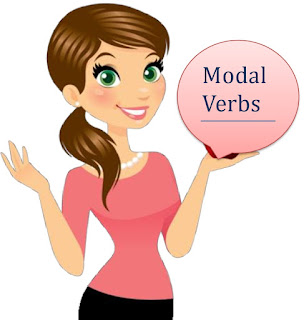Lesson Plan of Natural Satellites (Asteroids, Comets, Meteors) General Science Grade VI
Lesson Plan of Natural Satellites (Asteroids, Comets, Meteors)
General Science Grade VI
Students’ Learning Out comin
·
Compare the Physical
Characteristics of Comets, Asteroids & Meteors.
·
Describe different kinds of
meteors.
·
Inquire into the sight of Halley
Comet, describe what would they feel if.
Information for Teacher
Comets:
·
Comets are the icy bodies
exist in huge clouds.
·
They are composed of rock,
dust a form of, ice and frozen gases.
·
In space they look like a
bright ball with a long tail.
·
Occasionally, they can crash
into planets and moons and make craters.
Asteroids:
·
Asteroids are the rocky
objects.
·
There are thousands of
asteroids between Mars & Jupiter.
·
They are very small in size.
·
The word of Asteroid means
“like stars”
Meteorites:
·
These are probably fragments
of asteroids.
·
These are the portion of a
meteoroid or asteroid that survives its passage through the atmosphere.
·
Meteors:
·
A meteor is a meteoroid that
enters the Earth’s atmosphere making visible track.
·
Meteors typically occur in
the mesosphere and their range are from 75 km to 100 km.
·
Millions of meteors enter in
the Earth’s atmosphere every day.
Concept Map
Material / Resources
Charts, use as model to give idea of
meteoroids, pictures of comet 3-d model for the concept of space
Worm up activity
·
Show the chart of Asteroids,
Comets and Meteors and ask some questions related to the pictures given in the
chart.
v Are there some other objects present in the
solar system?
(Expected response: Yes)
v Have you ever seen asteroids or comets at
night?
(Expected response: Yes, these are like the
fire balls)
v Do you know the exact path of asteroids in our
solar system?
(Expected response: No)
·
After asking these questions
tell the students that today we will learn about natural satellites like
Asteroids, Comets, and Meteors except moon.
·
The moon is also a “Natural
Satellite”.
Development
Activity 1
·
Collect the reading materials
for comets, meteors and asteroids a day earlier.
·
Divide the class in three
groups and provide them the collected material.
·
Draw the following table on
the board and ask them to copy and complete the table.
Asteroids
|
Comets
|
Meteors
|
Comparison
|
|
Size
|
||||
Shape
|
||||
Composition
|
||||
Location
|
·
Each group will present his
observations.
·
Conclude the activity by
summarizing the data.
Expected filling of the chart will as:
Asteroids
|
Comets
|
Meteors
|
Comparison
|
|
Size
|
Up to 1000 km in diameter
|
Up to 20 km in diameter
|
From few cm to few meters in diameter
|
|
Shape
|
Irregular
|
Irregular
|
Irregular
|
|
Composition
|
Carbon, iron & other metals
|
Iron, rock, ammonia & other gases
|
Iron, rock etc.
|
|
Location
|
Between Mars & Jupiter
|
They move in elliptical orbit around the sun
|
These are the wandering bodies in the solar
system.
|
Sum up / Conclusion
·
Conclude the lesson by
recapping the definitions of the natural satellites and give the following
activity to check the students’ learning.
Extended activity:
Fill in the blanks by using
given key words:-
Vapors, deflected, atmosphere, source, comets,
water
Millions of small _______ strikes the earth
yearly and breakup into water ______.
Some scientists believe that they are _______
of ______ in Earth’s ocean and ____ asteroids crossing the earth’s path will
either be ____ or detonated.
(Answer of the extended activity: Millions of
small comets strike the earth yearly and
break up into water vapors. Some scientists believe that they are source of water in earth’s ocean and atmosphere. Asteroids crossing the earth’ path will
either be deflected or detonated).
Assessment
·
Conclude the lesson by asking
the following questions:-
v What is the exact location of Asteroids?
(Expected response: lies between Mars &
Jupiter).
v Describe the composition of Asteroids?
(Expected response: carbon, iron and other metals)
v Compare the sizes of asteroids and meteors?
(Expected response:
v Why the comets have tails?
(Expected response: comets’ frozen gases)
Follow up
·
Draw the diagram of Asteroids
on the notebooks.
·
Write the difference between
meteors and meteorites.
·
Paste the picture of natural
satellites on the scrap book.









Comments
Post a Comment